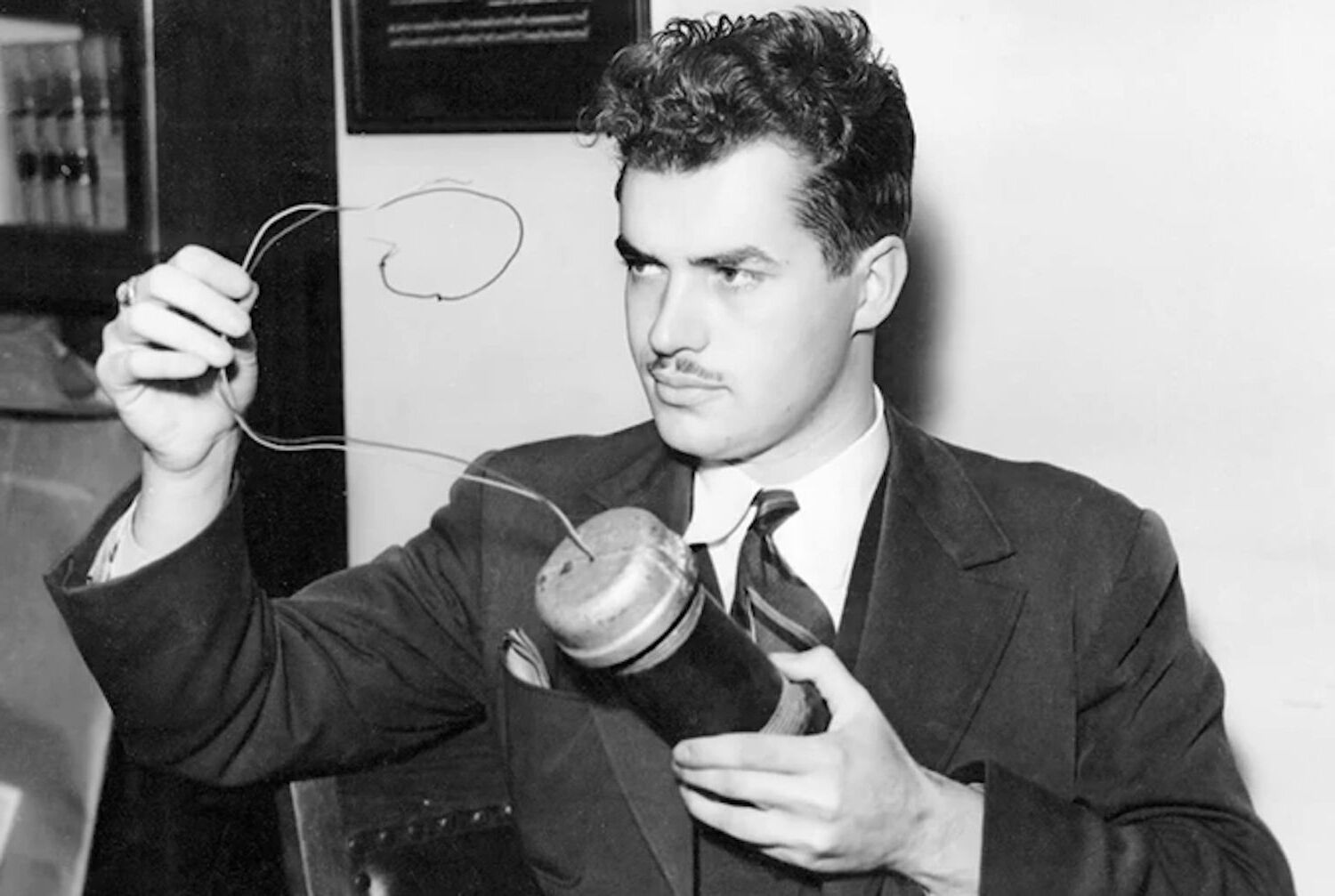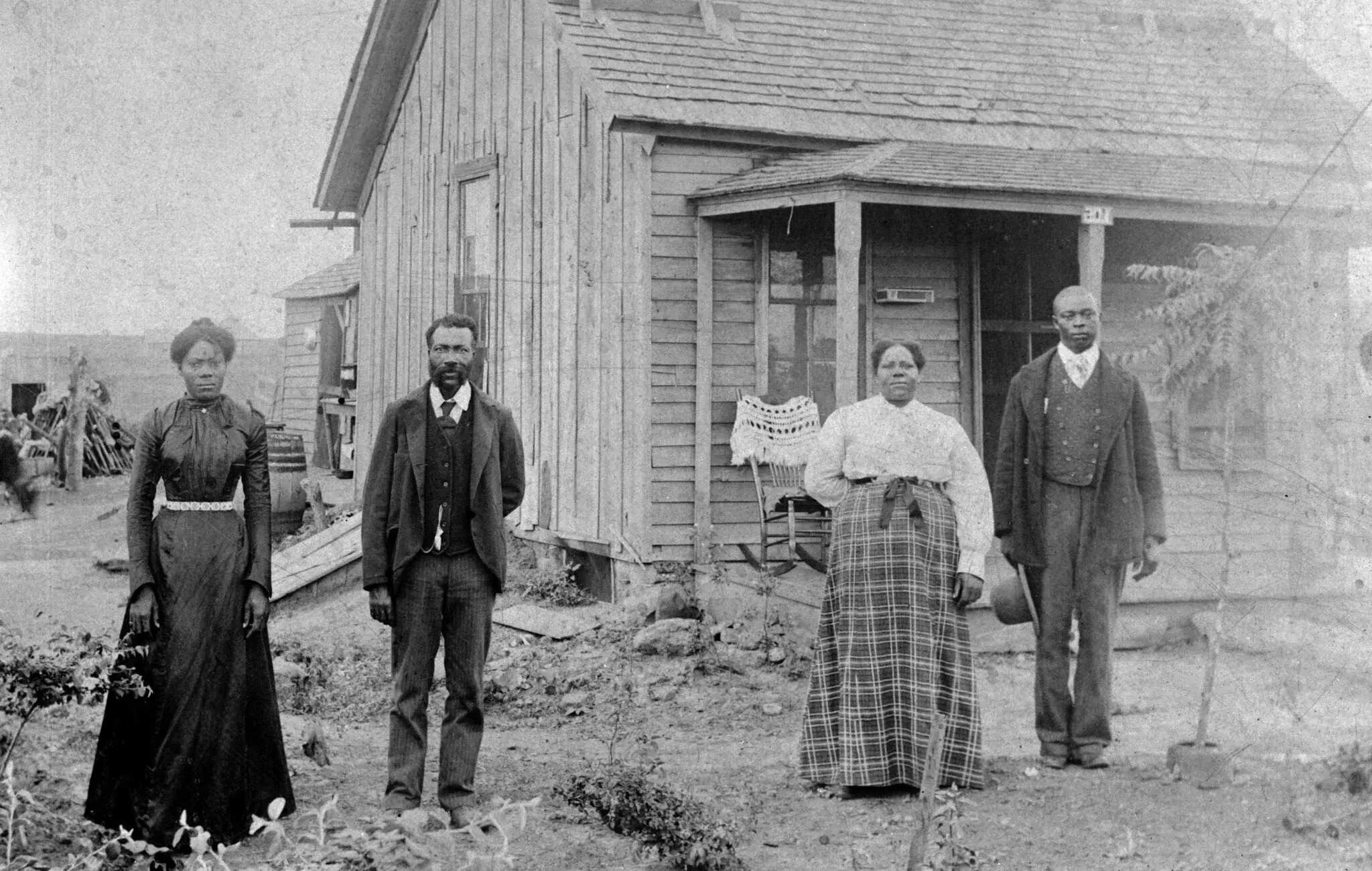
Who was Jack Parsons? Jack Parsons was a rocket engineer, chemist, and occultist whose life was as explosive as his inventions. Born in 1914, he co-founded the Jet Propulsion Laboratory (JPL) and played a crucial role in developing early rocket technology. But Parsons wasn't just a science whiz; he was also deeply involved in the occult, practicing rituals inspired by Aleister Crowley. His dual life of science and mysticism made him a controversial figure. Why should you care about Jack Parsons? His contributions to rocketry laid the groundwork for space exploration, and his eccentric lifestyle adds a layer of intrigue to his legacy. Buckle up as we dive into 35 fascinating facts about this enigmatic genius!
Key Takeaways:
- Jack Parsons was a rocket engineer with a passion for science fiction and the occult. His groundbreaking work in rocketry and unconventional lifestyle continue to inspire and intrigue people around the world.
- Despite his mysterious death at a young age, Jack Parsons' legacy lives on through his contributions to rocket science and his unique blend of science and mysticism, which continue to captivate and inspire others.
Who Was Jack Parsons?
Jack Parsons, born Marvel Whiteside Parsons, was an American rocket engineer and chemist. His contributions to rocket science and his unconventional lifestyle make him a fascinating figure.
- Born on October 2, 1914, in Los Angeles, California, Parsons grew up in a wealthy family.
- He co-founded the Jet Propulsion Laboratory (JPL) and the Aerojet Engineering Corporation.
- Parsons was a self-taught chemist who developed the first rocket engine to use a castable, composite rocket propellant.
- He was deeply involved in occult practices and was a follower of Aleister Crowley’s Thelema religion.
- Parsons’ interest in rocketry began in his teenage years, inspired by science fiction literature.
Early Life and Education
Parsons' early years were marked by a mix of privilege and curiosity. His education laid the groundwork for his future achievements.
- He attended the University School, a private preparatory school in Los Angeles.
- Parsons never completed a formal college degree, yet he made significant contributions to rocket science.
- His fascination with rockets started after reading pulp science fiction magazines.
- Parsons and his childhood friend, Edward Forman, conducted amateur rocket experiments in their backyards.
- He briefly attended Stanford University but dropped out due to financial difficulties.
Contributions to Rocket Science
Parsons' work in rocketry was groundbreaking. His innovations paved the way for modern space exploration.
- He was instrumental in the development of JATO (Jet-Assisted Take-Off) units for the U.S. military.
- Parsons’ work led to the creation of the first successful solid-fuel rocket.
- He played a key role in the establishment of the Jet Propulsion Laboratory (JPL) in 1943.
- His research contributed to the development of the WAC Corporal, the first U.S. rocket to reach the edge of space.
- Parsons’ innovations in rocket fuel technology are still in use today.
Involvement with the Occult
Parsons' life was not just about science. His involvement with the occult added a layer of intrigue to his story.
- He joined the Ordo Templi Orientis (OTO), an occult organization led by Aleister Crowley.
- Parsons performed rituals and ceremonies in his Pasadena home, which he called “The Parsonage.”
- He believed that magic and science were interconnected and could be used to achieve greater understanding.
- Parsons attempted to summon a goddess through a series of rituals known as the Babalon Working.
- His occult practices led to his estrangement from many of his scientific colleagues.
Personal Life and Relationships
Parsons' personal life was as unconventional as his professional one. His relationships often reflected his complex personality.
- He married Helen Northrup in 1935, but their marriage ended in divorce.
- Parsons later had a relationship with Helen’s sister, Sara Northrup.
- He was friends with science fiction writer L. Ron Hubbard, who later founded Scientology.
- Parsons and Hubbard conducted occult rituals together, which eventually led to a falling out.
- His lifestyle and beliefs often put him at odds with societal norms of the time.
Mysterious Death
Parsons' death remains shrouded in mystery, adding to the enigmatic nature of his life.
- He died on June 17, 1952, in an explosion at his home laboratory in Pasadena.
- The cause of the explosion was never definitively determined, leading to various conspiracy theories.
- Some believe his death was an accident, while others suspect foul play or even a magical ritual gone wrong.
- Parsons was only 37 years old at the time of his death.
- His death marked the end of a brief but impactful career in both science and the occult.
Legacy and Influence
Despite his short life, Parsons left a lasting legacy in both the scientific and occult communities.
- The Jet Propulsion Laboratory (JPL) continues to be a leading center for space exploration.
- Parsons is often referred to as one of the fathers of modern rocketry.
- His life and work have been the subject of numerous books, documentaries, and even a television series.
- Parsons’ contributions to rocket science are commemorated by the naming of a lunar crater, Parsons Crater, in his honor.
- His unique blend of science and mysticism continues to fascinate and inspire people around the world.
The Legacy of Jack Parsons
Jack Parsons left a mark on both science and occultism. His work in rocket science laid the groundwork for modern space exploration. Without his contributions, NASA might not have achieved its early successes. Parsons' involvement with Aleister Crowley and the Ordo Templi Orientis added a layer of mystique to his already fascinating life.
Despite his untimely death, Parsons' legacy lives on. His story serves as a reminder that innovation often comes from the most unexpected places. Whether you're interested in rocketry or the occult, Parsons' life offers something intriguing. His blend of scientific genius and esoteric beliefs makes him a unique figure worth remembering. So next time you look up at the stars, think of Jack Parsons and the incredible journey he set in motion.
Frequently Asked Questions
Was this page helpful?
Our commitment to delivering trustworthy and engaging content is at the heart of what we do. Each fact on our site is contributed by real users like you, bringing a wealth of diverse insights and information. To ensure the highest standards of accuracy and reliability, our dedicated editors meticulously review each submission. This process guarantees that the facts we share are not only fascinating but also credible. Trust in our commitment to quality and authenticity as you explore and learn with us.


